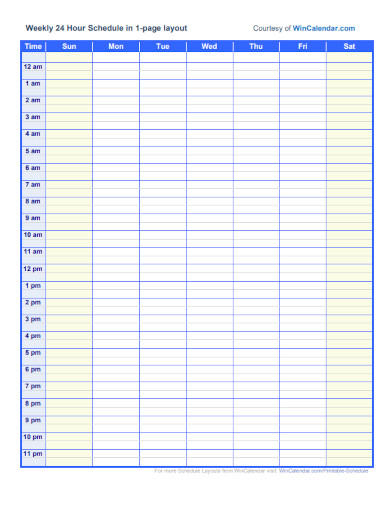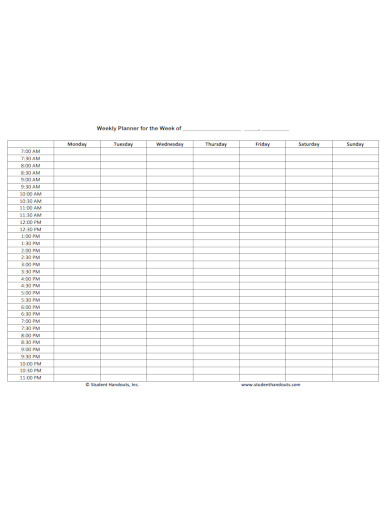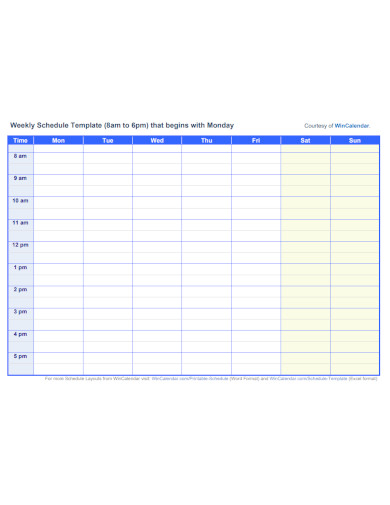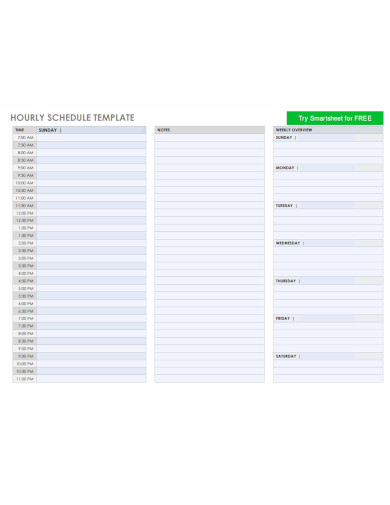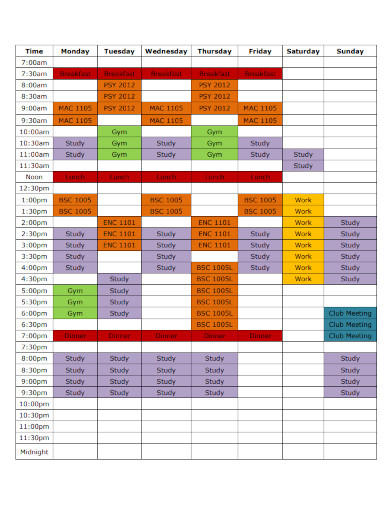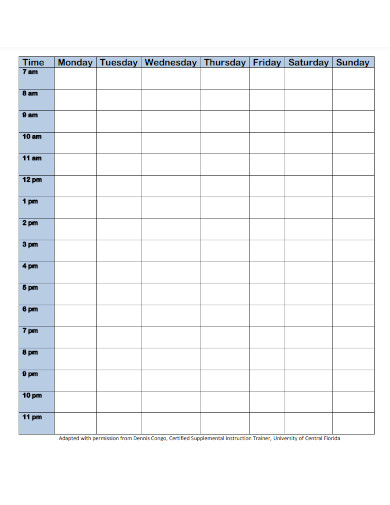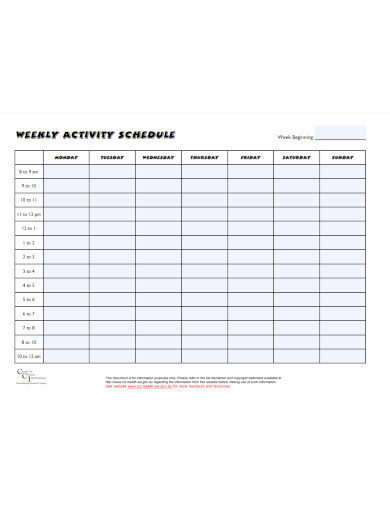Companies and organizations typically require status reports or simply reports from their employees in order to track the development of their employee’s time. It is usually presented in the form of a brief series of working days, usually a week, to provide employers with a summary of what has been accomplished and the team’s overall progress over the course of a workweek. Having this opportunity allows employees to reflect on their work and consider how their contributions have benefited the overall progress of the assignment and the overall success of the team. Employers, on the other hand, benefit from keeping track of their employees’ performance and progress in order to properly and effectively delegate work when necessary.
As an employee, your weekly reports serve as a summary of your entire week. This document typically includes information such as completed chores, accomplishments, and your plans for the upcoming work week. A formal report, but it does not need to be lengthy; all that is required is that your report be free of grammatical and spelling errors and properly presented. It can be a lot of work, especially if you haven’t written one before and haven’t had time to prepare. Fortunately, we are here to assist you. These weekly hourly schedule templates will allow you to shift your focus away from the mind-numbing task of planning and designing your report, making it far easier to complete.
7+ Weekly Hourly Schedule
1. Weekly 24 Hour Schedule
2. Weekly Hourly Planner
3. Weekly Schedule Template Example
4. Sample Weekly Hourly Schedule Template
5. Weekly Hourley Study Schedule
6. 8-Hour Day College Time Management Schedule
7. Weekly Hourley Activity Schedule
What Is a Weekly Hourly Schedule?
Weekly schedules provide a detailed breakdown of their workweek. It contains a concise summary of everything you covered the previous week, as well as notable accomplishments and progress, problems encountered, and plans for the following week. Weekly reports give employers a quick snapshot of what their employees did during the week, allowing them to assign jobs and assign goals and next steps for their employees to work on as a result. It also helps them understand how the individual overcame the challenges they faced at work. Weekly reports inform management about each employee’s strengths and weaknesses, as well as the tasks or projects that they are best suited to complete. Employees, on the other hand, can use performance evaluations and reviews to gain an understanding of the overall quality of their work as well as how they contribute to the task at hand. It gives them a better understanding of their own pacing and allows them to constantly improve it.
How To Write a Weekly Hourly Schedule
In today’s workplace, weekly reports are an important document that the majority of employers require. You must draft it effectively to ensure that it is understandable and intelligible while also being brief and concise. It should also avoid becoming overly formal. Writing can be challenging, especially for beginners, but breaking it down into five simple steps makes it incredibly simple.
- Establish the purpose
Before beginning to write the report, it is critical to define the goals for which it is intended. The reason for writing your report determines what goes into it. Was there anything in your report that your bosses specifically requested? or What specific information are they looking for? Unless your boss tells you otherwise, you should do the same thing every time you figure it out. The structure of an employee report typically includes information about the progress and current status of the task at hand, challenges encountered and how you overcame them, timelines, schedules, and deliverables, as well as plans for the following week or whatever the target audience may be. - Know your role
Another thing to keep in mind is that before you begin, you must be completely clear about your role, understand what success looks like for your project, and comprehend the project that you are currently working on. - Layout
A formal report does not consist of a few paragraphs summarizing your observations. A layout must be established to ensure that your report is brief, succinct, and visually appealing. It should have a sense of presence as if you gave it your all. The templates provided above should be enough to get you started, but feel free to look for additional layout samples or templates online to aid you in your efforts. - Characteristics
Weekly reports should be brief and succinct, with the information presented in as few words as possible. To keep it informal and transparent, avoid using too much work jargon. They may be looking for results, so make certain that whatever occurs is reflected in the report. Employers are rarely pleased with the prospect of chaos brewing behind their backs. - Details to keep in mind
- Summarize
- Proper dates and dating format
- Deliverables
- Headline or Title
- Tasks, progress report
- Highlight your results and achievements
- Challenges encountered and how you came over them
- Plans for next week and the future in general
FAQs
What is a weekly progress report?
A weekly progress report allows project coordinators from different departments to communicate with one another. Furthermore, because it keeps the management team updated on their progress, the report can be used as an evaluation of their work.
What is the monthly report?
Monthly reports summarize all work-related activities that occurred and tasks that are currently in progress for a given month, as well as upcoming activities. It serves the same purpose as a weekly report in informing the employer about the progress and overall productivity of the project.
What is a formal report?
Formal reports are official documents that contain specifics such as research material and data required for sound business decisions. Formal reports are also known as official reports.
A weekly report benefits both the company and the employees by keeping both parties up to date on what is going on in the office. It generates a detailed report of all contributions and productivity throughout the week, including overtime. It certainly carries a lot of weight, and ideally, both the templates and suggestions provided above will be more than enough to assist you in writing a near-perfect employee weekly report.
Related Posts
FREE 10+ Employees Schedule Samples in PDF
FREE 10+ On Call Schedule Samples in PDF
FREE 10+ Time Block Schedule Samples in PDF
FREE 10+ Gym Schedule Samples in PDF | MS Word | Apple Pages | Google Docs | Keynote |
FREE 10+ Daily Hourly Schedule Samples in PDF
FREE 10+ Weekly Schedule Template with Hours Samples in PDF
FREE 10+ 7 Day Weekly Schedule Samples in PDF
FREE 10+ Working Schedule Template Samples in PDF
FREE 6+ Preschool Schedule Template Samples in PDF
FREE 10+ Daily School Schedule Samples in PDF | MS Word | Google Docs | Google Sheets | Excel
FREE 10+ Day Schedule Samples in PDF
FREE 10+ Daily Work Schedule Samples in PDF
FREE 10+ 24 Hours Schedule Samples in PDF | Word | Google Docs | Google Sheets | Excel | Apple Numbers | Apple Pages
FREE 10+ Baseball Schedule Samples in PDF
FREE 10+ Availability Schedule Samples in PDF

